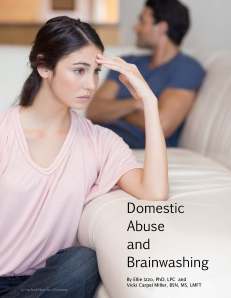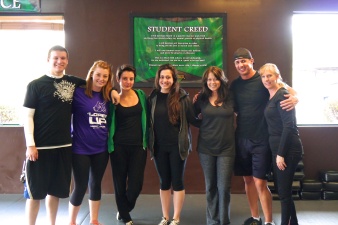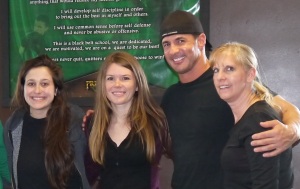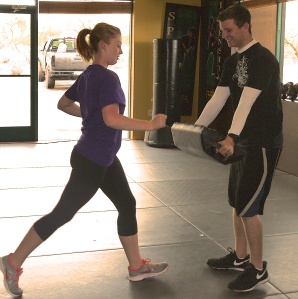Are You a HeartSaver? Saving Lives One Heart at a Time.
By Kris Costa
Let me tell you a about a relative who had a heart attack in a mall one afternoon in December. Wisely, and frankly uncharacteristically, he made his way to the shoe department of Macy’s, which luckily was near an exit door, and complained to a cashier of pain in his chest. The ambulance arrived quickly and loaded him in. En route to the hospital, he went into cardiac arrest.
Fortunately, he was in trained hands who administered CPR and swiftly used an AED (automatic external defibrillator) to shock his heart and bring his pulse back. By the time I arrived, he was in the ER, laying in the recovery position (on his left side)—ashen and still, but alive. Alive, with the necklace he bought for his wife still clutched firmly in his hands. In the weeks to follow, as we celebrated the holiday season,
my family was acutely aware of how very close we had come to spending this time in a very different, very dreadful manner.
There is much to learn from this story. One thing for sure is to not ignore the signals that our bodies communicate to us. Another lesson is to call for medical help immediately, as the cashier did. Had one or two of those elements not been acted upon exactly as they had, this gentleman may not have been in the ambulance when he arrested. And what if he had not? Would another set of capable hands been available to save his life? Did anyone in the store know what an AED was, or where it was? I am grateful to leave that an open question in my mind. However, there is another lesson to be learned from this experience. What if someone were to go into cardiac arrest in front of YOU? Would you know what to do to save a life?
My relative was shopping alone that December afternoon, but what of the person whose family is standing witness, screaming for help to those who are unable to provide any? That sort of helplessness is a hell all its own—and it happens every day. People watch as others die. Anyone can learn CPR—and everyone should.
WHY TAKE ACTION?
• Failure to act in a cardiac emergency can lead to unnecessary deaths.
• Effective bystander CPR provided immediately after sudden cardiac arrest can double or triple a victim’s chance of survival, but only 32% of cardiac arrest victims get CPR from a bystander.
• Sadly, less than 8% of people who suffer cardiac arrest outside the hospital survive.
• The American Heart Association trains more than 12 million people in CPR annually, to equip Americans with the skills they need to perform bystander CPR.
THE GOOD SAMARITAN LAW:
The Good Samaritan Law protects individuals who assist a victim during a medical emergency. Every state in the United States has a Good Samaritan Law or Act to protect individuals who offer reasonable aid during a medical emergency.Since a Good Samaritan typically does not have medical training, the law protects him or her from being liable from injury or death caused to the victim during such assistance. As long as a layperson has good intentions to aid the victim to the best of his or her ability during a medical emergency, he or she is protected under the Good Samaritan Law. Under some Good Samaritan Laws, as long as medical personnel, such as doctors, nurses, or medical responders, are following normal procedures, they too will be protected under the Good Samaritan laws. Each state law has specific guidelines.
AUTOMATIC EXTERNAL
DEFIBRILLATORS:
Automatic external defibrillators (AED) save lives. An AED is a portable device that checks the heart rhythm and if indicated, can deliver an electric shock to the heart to try to restore normal rhythm.
CPR/AED classes are taught nationwide, and many are taught for free. CPR/AED can be learned in one day, in just a few hours. Contact your local Fire Department for more information. Make sure the CPR course you inquire about also teaches AED. Many also teach child and infant CPR/AED, adult and child choking, and first aid. There is no excuse not to learn these life-saving techniques. Get going, get trained, learn how and when to use your training, and be prepared! You may never know when you may be called upon to save a life.
Kris Costa
Editor in Chief Mindset Self-Defense Magazine
RESOURCES:
CPR/AED:
htp://www.redcross.org/take-a-class – (also offers pet CPR course).
http://www.heart.org/HEARTORG/CPRAndECC/CPR_UCM_001118_SubHomePage.jsp
Or contact your local Fire Department.
PET CPR:
http://www.pettech.net/index.php
GOOD SAMARITAN LAW BY STATE:
http://www.heartsafeam.com/pages/faq_good_samaritan
Read our article on pg. 34-35 with facts from the American Heart Association.
















